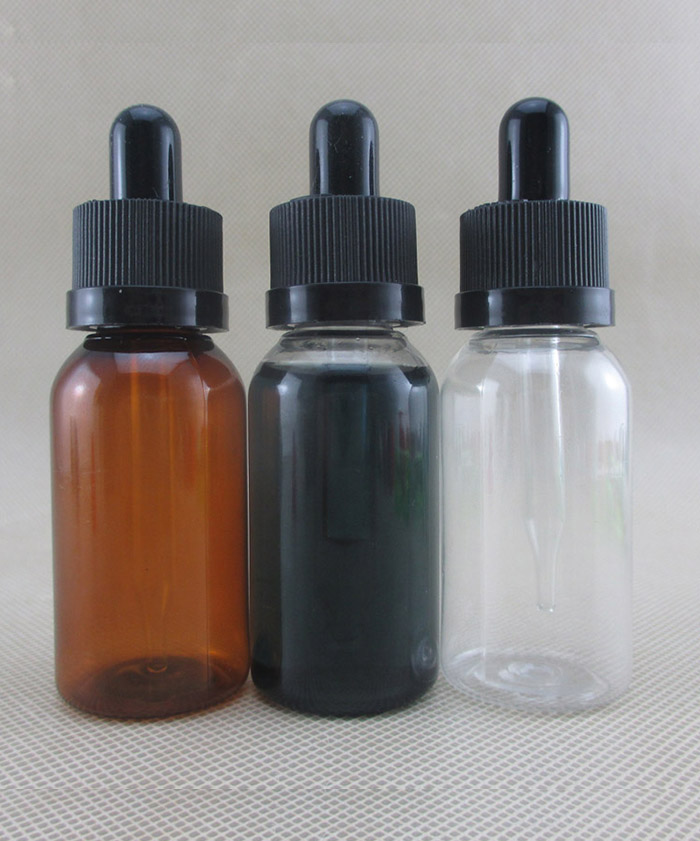A Glass Dropper Bottles is a gauge used to accurately dispense a volume of solution. A pipette is a metered-out instrument that measures only the volume of solution it releases. It is an elongated glass tube with a large portion in the middle. The lower end is a pointed mouth, and a marking line is engraved at the upper end neck, which is a sign of the accurate volume removed. Use a pipette that selects the appropriate size according to the volume and requirements of the transferred solution. The pipette is generally used to accurately remove the solution in the titration analysis. When the reaction is controlled, the pipette is generally used. So what is the correct way to use the glass dropper? The PET Dropper Bottles Supplier summarizes the areas that should be noted when using glass droppers.

Glass Dropper Bottles
A pipette is an instrument that accurately removes a volume of solution. When using, hold the pipette with the thumb and middle finger of the right hand, insert the pipette into the container of the solution, and extend the lower end of the tube into the lower part of the solution. Hold the ear-washing ball with the air removed from the left hand and align the ear tip of the earball with the pipette nozzle. Since the inside of the ball is negative pressure, the left hand is relaxed when the liquid is aspirated, and the solution rises along the pipette. When the liquid level slightly exceeds the scale, the right index finger immediately presses the upper pipette of the pipette and the pipette is raised. Container. Slightly loose the index finger, slowly rotate the tube with the thumb and middle finger to allow the solution to flow out at the same time, while keeping the line of sight at the same level as the pipette mark. When the liquid level and the tick mark are tangent, immediately press the index finger and insert the pipette into the flask. Press the lower end of the vertical pipette and the upper inner wall of the slightly inclined triangular bottle. At this point, release the index finger and quickly dissolve the solution. Flow out. After the solution has flowed out, it is stopped for about 15 seconds, and the pipetting operation is completed. The solution left at the tip of the pipette is generally not required to be blown out. The tip retention is not included in the metered volume of the pipette due to calibration. If the value of the mark is “blowed” when the mark is marginal, the pipe tip will be counted in the container volume during the calibration, so it must be blown out during operation.
Also in the use of Dropper Bottles should be noted:
1) The grip method is to hold the glass tube part with the middle finger and the ring finger to maintain stability, and squeeze the rubber head with the thumb and index finger to control the inhalation or dripping of the reagent.
2) When adding the liquid to the plastic pipette, it can't reach the container, and it can't touch the container.
3) Can not be inverted, can not be placed on the table. Should be inserted into a clean bottle or test tube.
4) Immediately after use, wash with water. Do not take another reagent without washing.
5) The rubber cap and the glass dropper should be tightly combined and airtight. If the rubber cap is aging, it should be replaced in time.
The most error-prone is to put the plastic dropper into the test tube mouth, and the other thing to note is that the plastic dropper should be kept vertical when the reagent is added to the test tube.
If you have any questions about the use of glass dropper, you can contact us, we are a professional glass dropper bottle supplier, we will give you a reasonable answer as soon as possible!
Copyright © QINGDAO KUSH PACKAGING CO., LTD. All Rights Reserved
